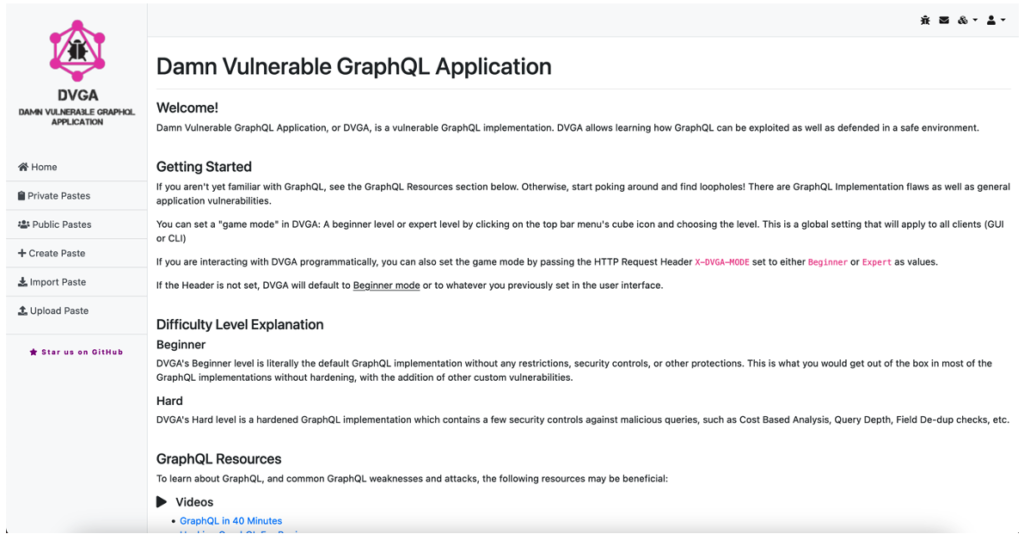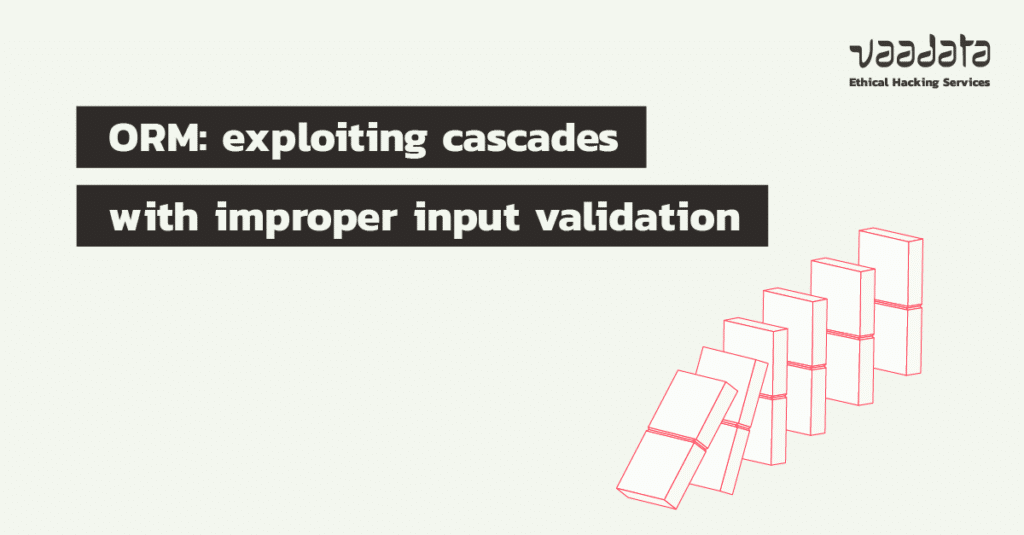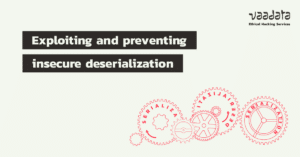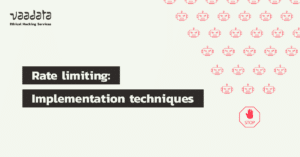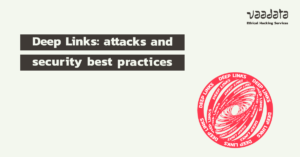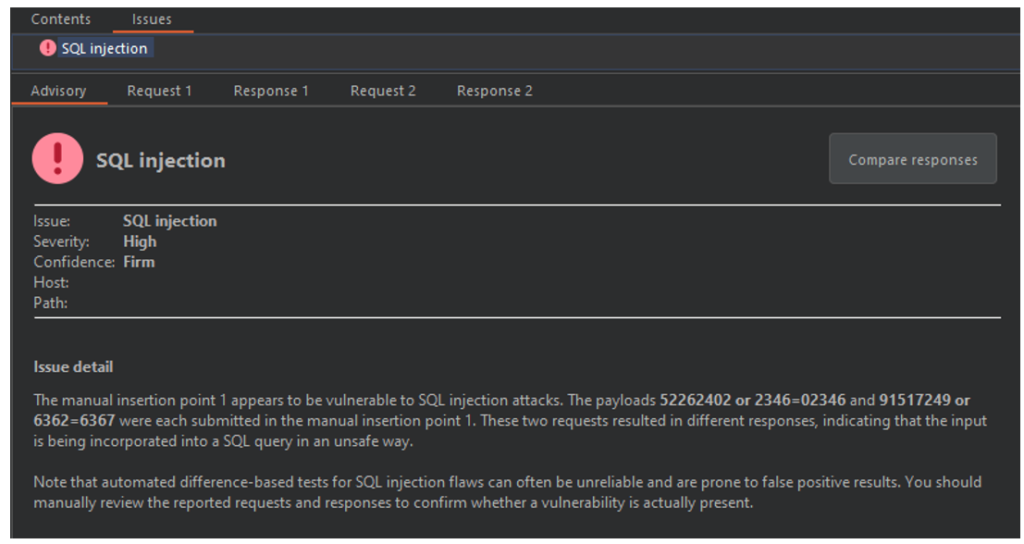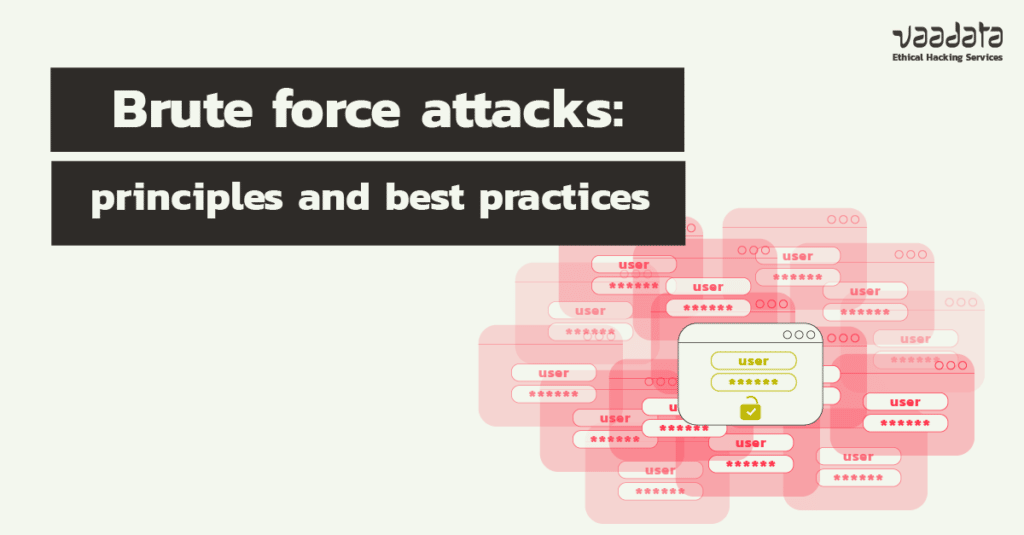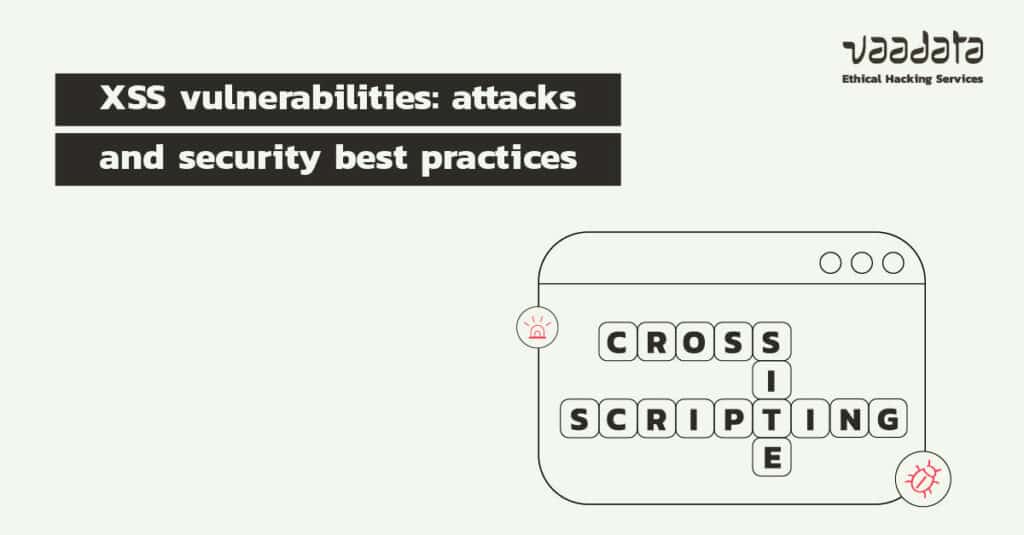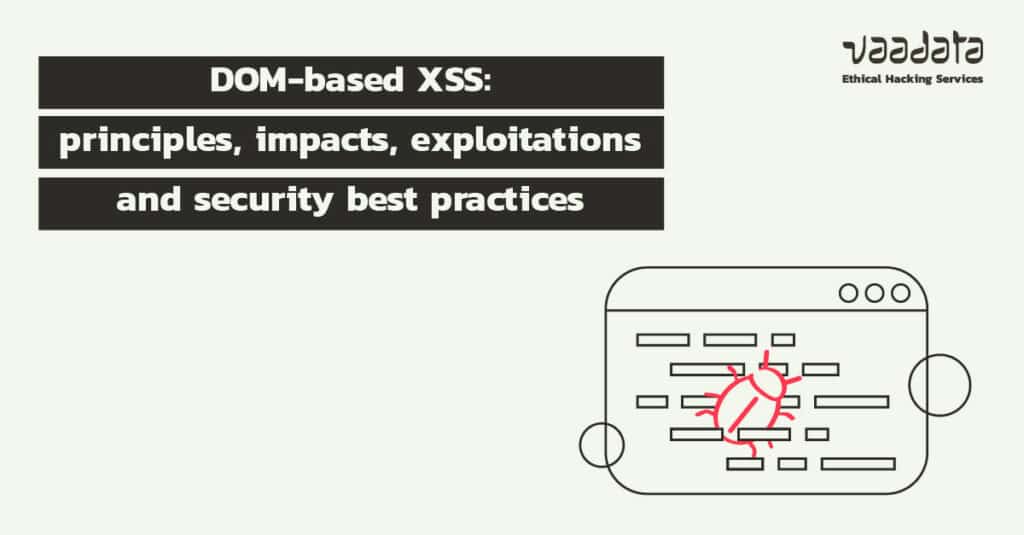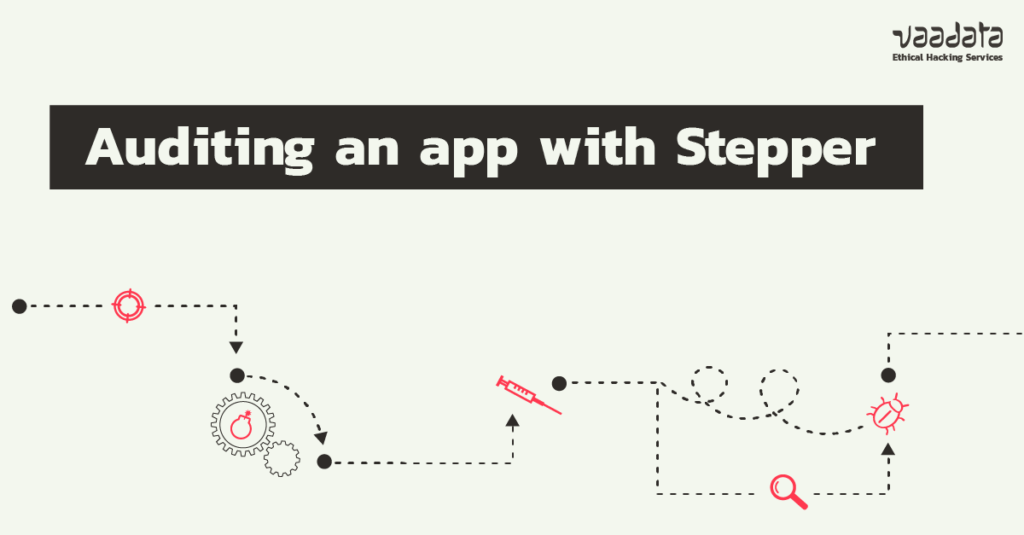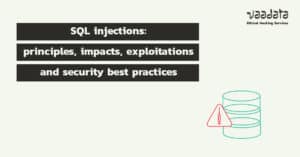What is privilege escalation?
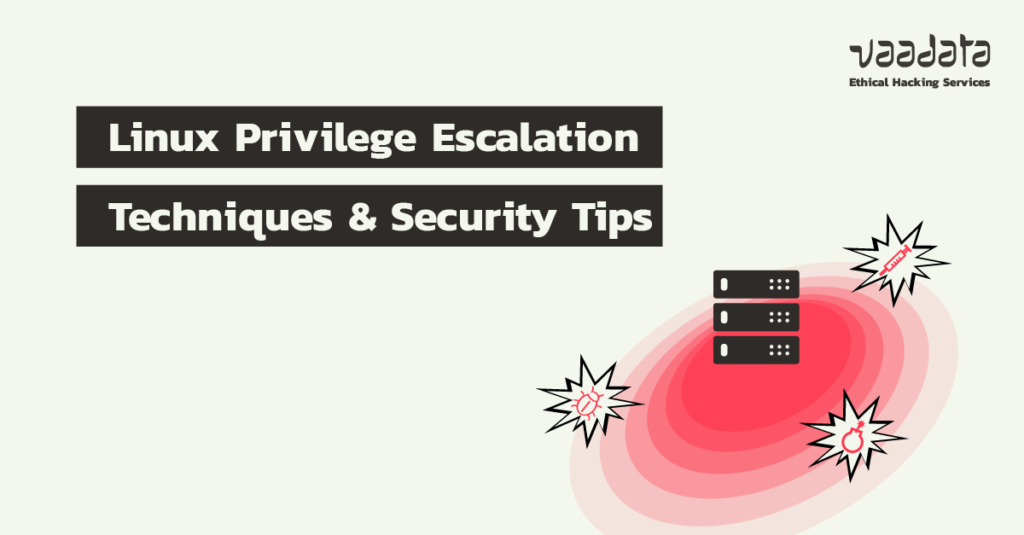
Privilege escalation is a key concept for attackers seeking access to sensitive information or restricted functionality on an information system. Typically, this involves exploiting security weaknesses in a given system to escalate from a limited level of access, with standard permissions, to a higher level of access, with greater rights.
On Linux, there are several techniques for escalating a user’s privileges. Exploitation of configuration weaknesses, vulnerabilities in programs and broken access control are the main ones.

